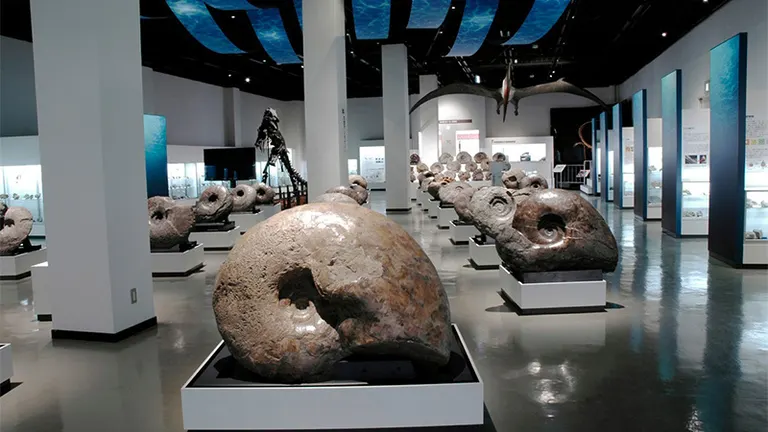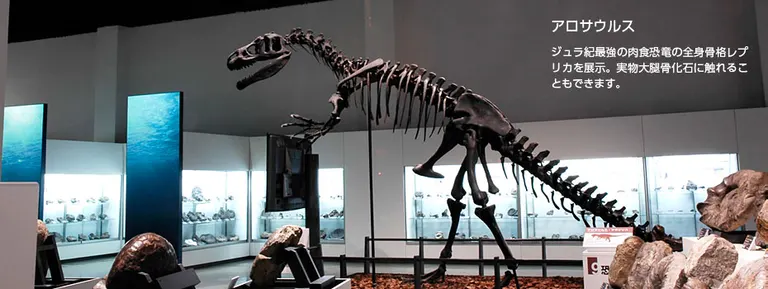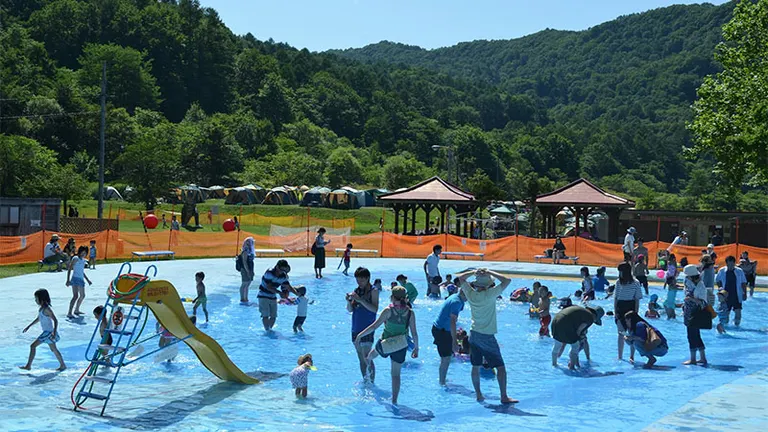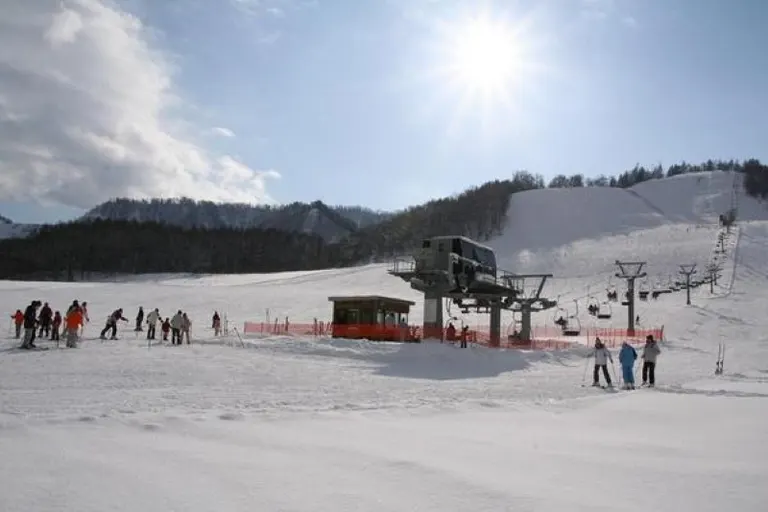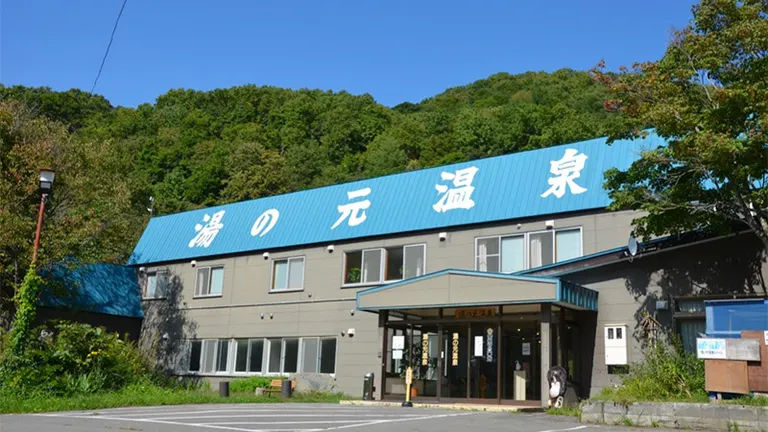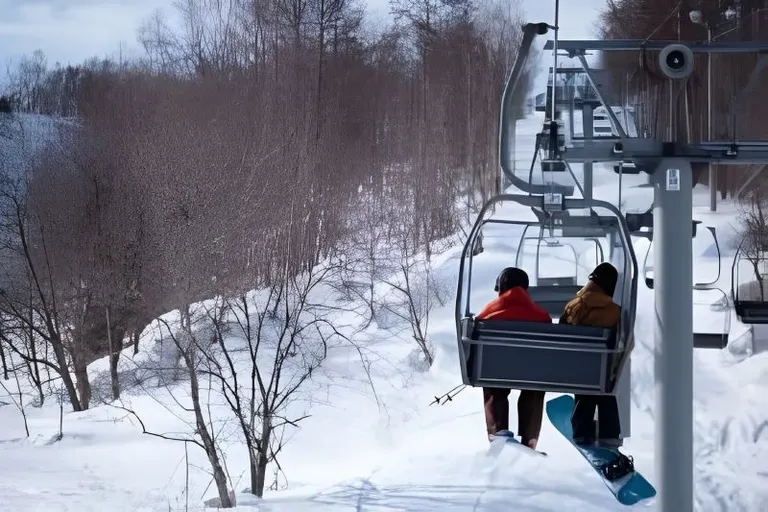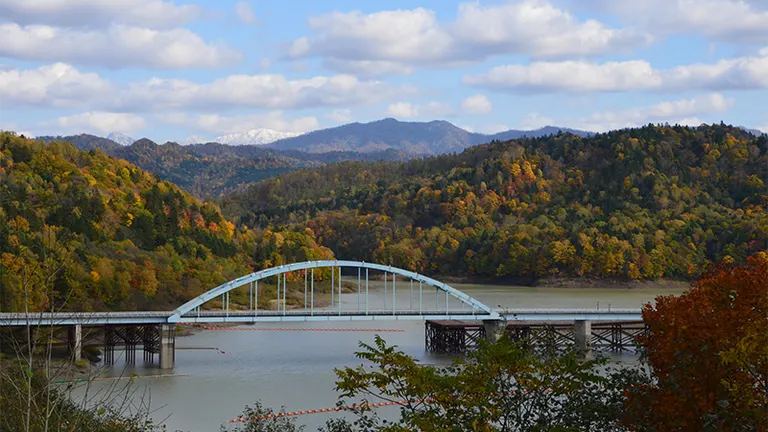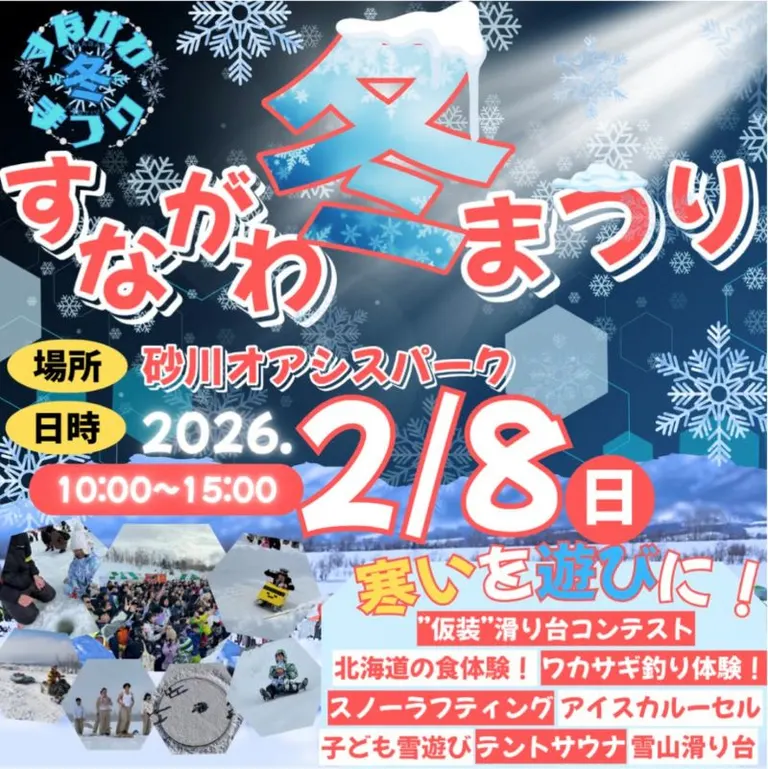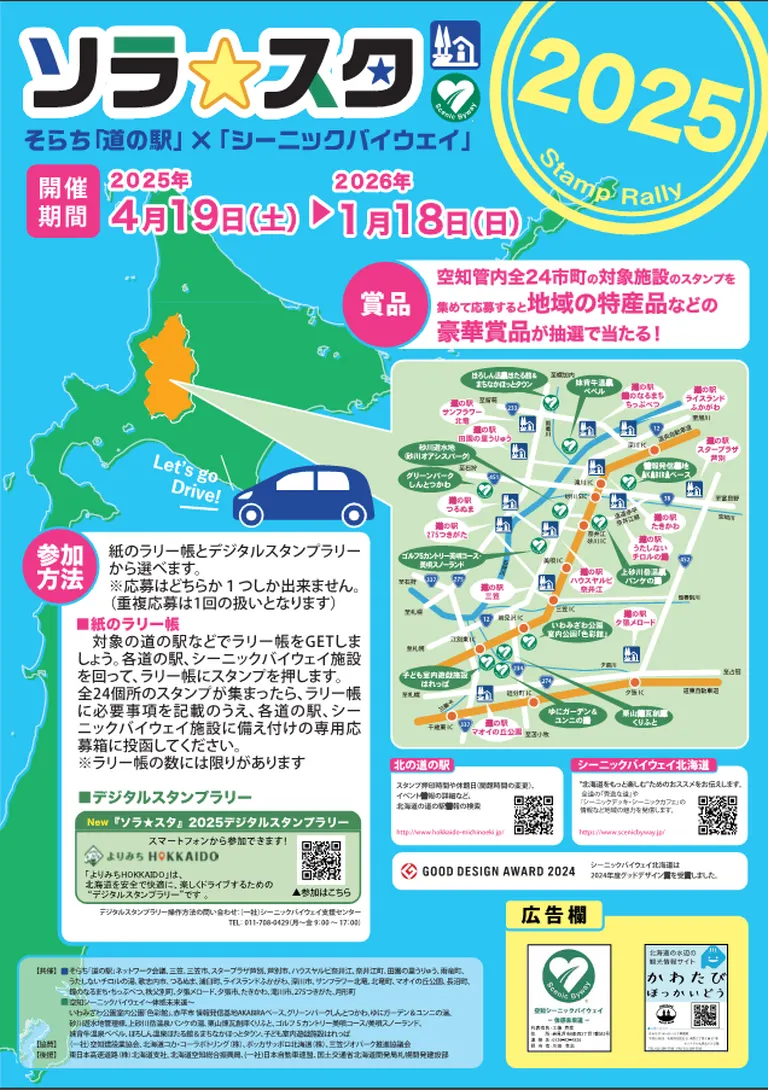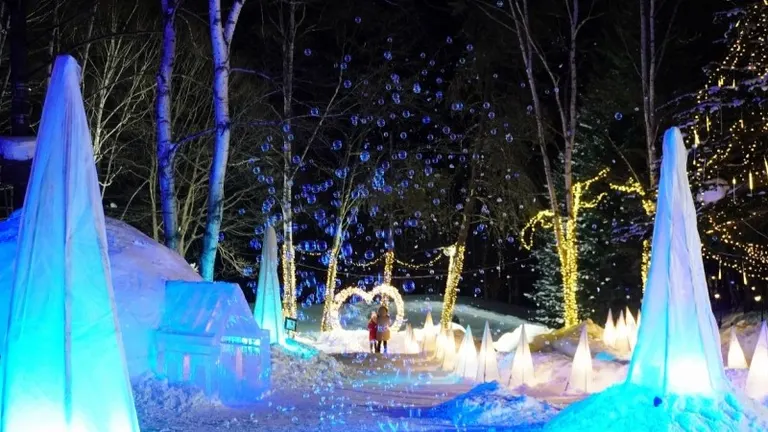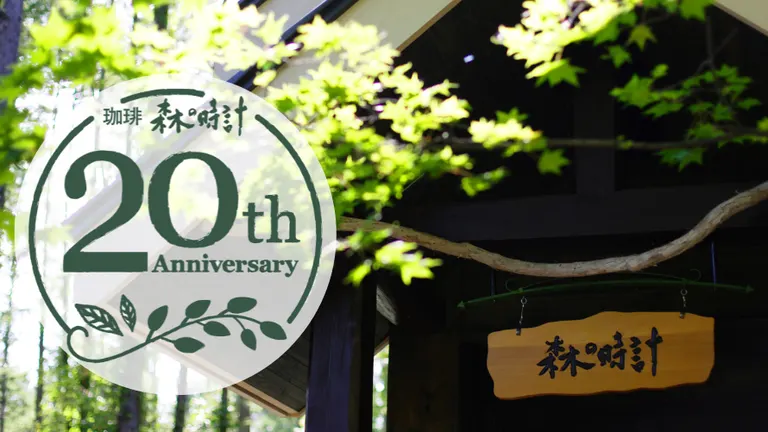SPOT
Mikasa City Museum
At Mikasa City Museum, you can not only see but also touch approximately 1,000 fossils, including the largest ammonite fossil in Japan and strangely shaped ammonite fossils.
三笠市立博物館Business Hours
9:00-17:00 (entry until 16:30)
regular closing day
Every Monday (or the following weekday if Monday is a public holiday), New Year's holiday (December 30th to January 4th)
Fee
High school students and above: 450 yen / Elementary and junior high school students: 150 yen / Free for pre-elementary school students
※tax included
* During the special exhibitions held every year from July to October, a special exhibition viewing fee may be charged in addition to the regular admission fee listed above.
Joint passes are also available for use at Ciel (Mikasa City Cultural and Artistic Promotion Facility) and the Railway Museum in Mikasa City.
Location
212-1 Nishikicho, Ikushunbetsu, Mikasa City
*The information listed is current as of January 2025.
*The information posted may be subject to change, so please check the official website for details.



